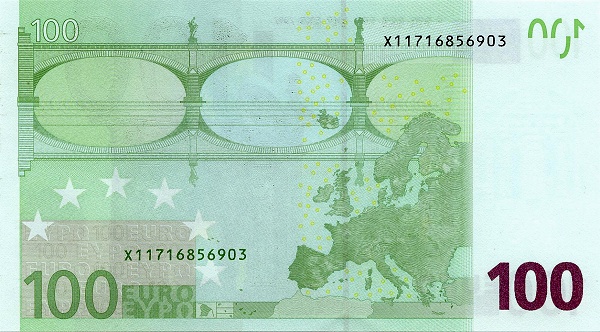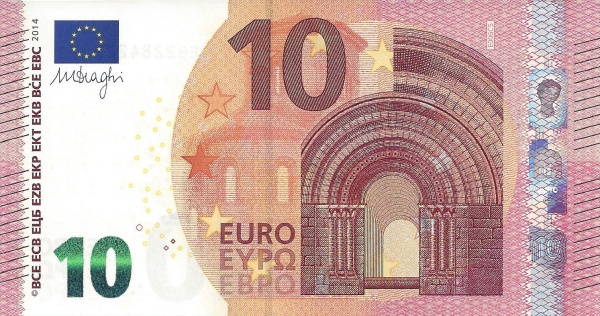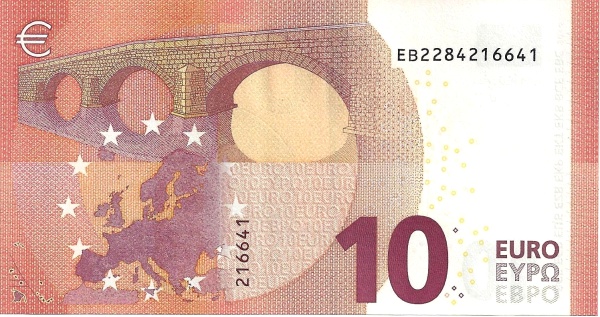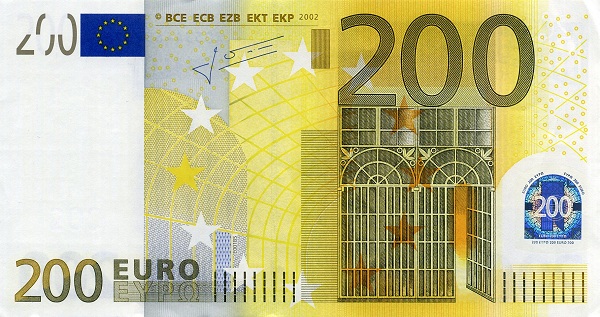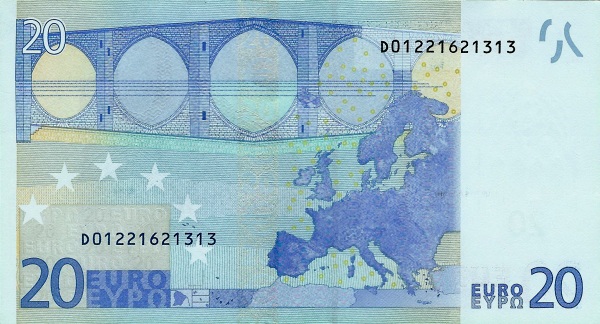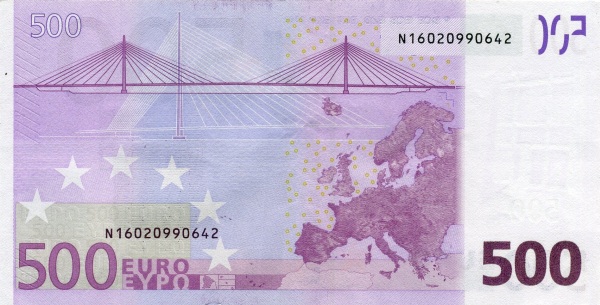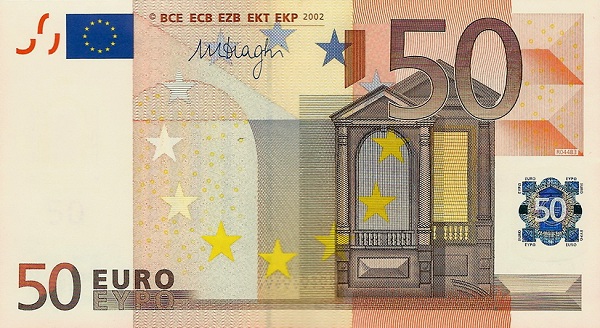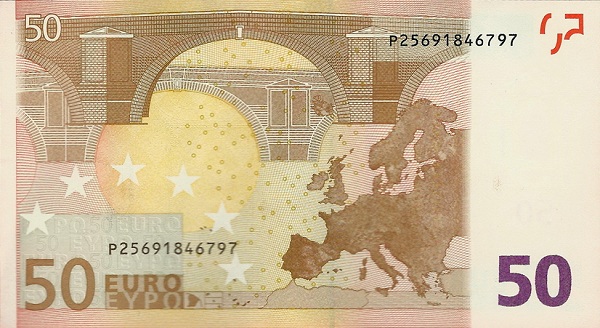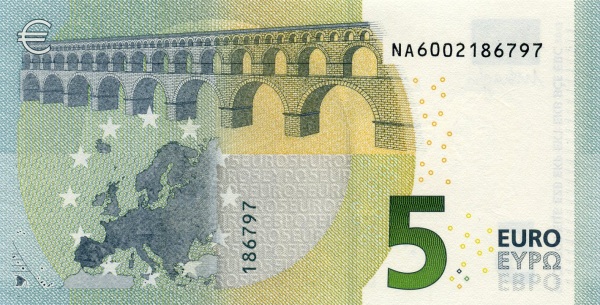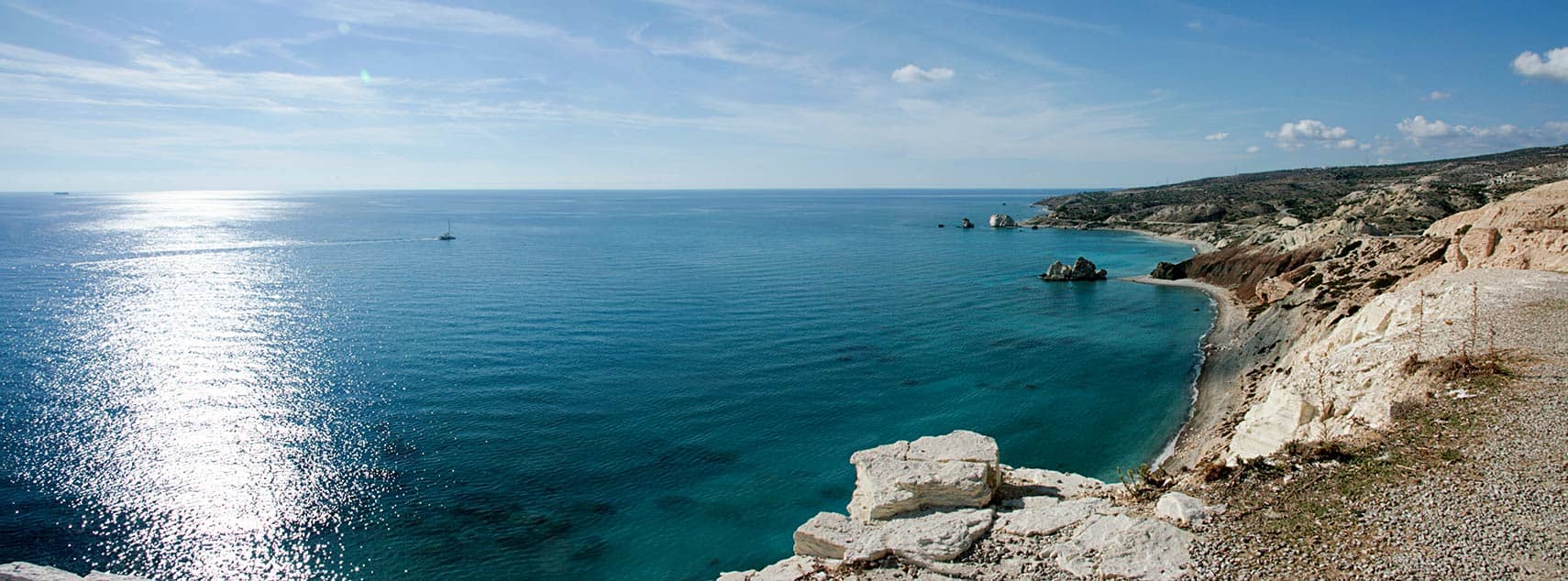Discovering Cyprus: A Mediterranean Gem
Cyprus, an enchanting island located in the Mediterranean, sits gracefully between the Middle East and Europe. Geographically, it lies approximately 80 km (50 mi) south of Turkey's coast. To its west, you will find Syria and Lebanon, while Israel rests to the northwest. To the north, Egypt graces the island’s borders, and to the east, Greece adds to its charm. As the third-largest island in the Mediterranean Sea with a land area of 9,251 km², Cyprus beautifully balances its rich history with breathtaking landscapes. The island comprises various regions, including the Republic of Cyprus, Northern Cyprus—recognized solely by Turkey—and the British Sovereign Base Areas of Akrotiri and Dhekelia.
A Brief Overview of Cyprus Population and Language
The Republic of Cyprus boasts a population of approximately 888,000 as of 2020. However, when you consider the entire island, that number swells to about 1.2 million. Nicosia, the capital and largest city, serves as a focal point for culture and history. In this diverse nation, Greeks and Turks share their languages, creating a vibrant tapestry of traditions. Thus, language plays a vital role in communication and cultural exchange throughout Cyprus.
An Intriguing Background of Cyprus Culture
The cultural legacy of Cyprus is among the oldest in the Mediterranean. Its strategic location has led to a rich tapestry of influences throughout the centuries. Cyprus experienced the reign of various empires such as the Assyrians, Egyptians, Persians, Greeks, and Romans. A historical highlight includes its 800-year rule under Byzantium, commencing in 364 AD. In 1571, Ottoman Turks conquered the island, bringing further change to its cultural landscape. Subsequently, Cyprus came under British control in 1878, formalized in 1914, ultimately becoming a crown colony in 1925.
The Path to Independence
In August 1960, after enduring a liberating struggle spanning four years, Cyprus achieved independence and proclaimed itself a Republic. This milestone marked a new chapter in its history. However, challenges emerged shortly after. In 1974, a coup by the Greek military junta sought to seize power, igniting a military response from Turkey. This intervention resulted in Turkish forces occupying approximately 37% of the island, displacing 40% of the Greek Cypriot population from their homes within the affected areas.
The Division of Cyprus
Since that tumultuous moment in 1974, Cyprus stands divided, with the Republic of Cyprus controlling the southern two-thirds of the island and the Turkish Cypriots governing the northern third. The United Nations has established a buffer zone to maintain peace between the two sectors. The ongoing division underscores a complex political landscape that resonates deeply within Cypriot society today.
The Journey Towards Reunification
The Republic of Cyprus took its inaugural steps as an independent state on August 16, 1960, soon joining the United Nations a month later. In a significant move, Cyprus became a member of the European Union in 2004. The pursuit of reunification remains a cornerstone of diplomatic dialogue, influenced by both the United Nations and the European Union. Stakeholders are consistently engaged in efforts to explore a federal structure that includes both sides of the island, aiming to restore harmony.
Government Structure
Cyprus operates as a presidential republic. This governance model allows independent executive, legislative, and judicial branches to function cohesively. The President, as the Head of State, must be a Greek Cypriot and is elected to serve a five-year term. Within this framework, the House of Representatives serves as the nation's parliament, with members elected through proportional representation every five years. This structure exemplifies Cyprus's commitment to democratic principles.
Related Nations and Global Connections
Cyprus also shares historical and geographical ties with several nations, including Greece, Turkey, and the United Kingdom. These connections continue to impact Cyprus's political, cultural, and social dynamics. The country's relationships with these nations are essential in shaping its identity and influencing its ongoing quest for unity.
Natural Beauty and Geographic Diversity
Beyond its rich historical backdrop, Cyprus is blessed with stunning natural beauty. Its landscapes vary from picturesque beaches to rugged mountains, providing diverse opportunities for exploration and relaxation. The Troodos Mountains rise majestically in the center of the island, inviting nature enthusiasts to discover their scenic trails and enchanting flora. Meanwhile, the coastline presents golden sands and crystal-clear waters, perfect for sunbathing and water sports.
Flora and Fauna Biodiversity
The island's biodiversity contributes to its ecological significance. Unique species of plants and animals thrive in the varied habitats found across Cyprus. This variety reflects not only the natural beauty of the island but also the preservation efforts undertaken to protect them. The environmental diversity adds another layer of interest for visitors and locals alike, linking the past to a sustainable future.
A Culinary Journey Through Cyprus
The culinary scene in Cyprus is another fascinating aspect that draws many visitors. The island's cuisine, rich in flavors and history, stems from various influences, including Greek, Turkish, and Middle Eastern traditions. Delectable dishes such as halloumi, souvlaki, and moussaka tantalize the taste buds and narrate the tale of the island's cultural fusions. Dining in Cyprus offers a delightful experience that immerses one in local traditions and customs.
Festivals and Local Events
Cyprus hosts numerous festivals throughout the year, celebrating everything from traditional music to agricultural heritage. Events like the Limassol Carnival showcase vibrant parades and cultural expressions, bringing communities together in a celebration of identity and diversity. Such festivities provide visitors a unique opportunity to experience the warmth and hospitality of the Cypriot people.
The Allure of Cyprus
In conclusion, Cyprus emerges not only as a picturesque destination in the Mediterranean but also as a land steeped in rich history and culture. Its multifaceted identity, resultant from centuries of influences, offers a profound connection to both the past and present. As the island strives for unity and peace, its natural beauty, culinary richness, and vibrant traditions continue to attract those seeking an unforgettable experience. Whether wandering its ancient ruins or enjoying its warm sun-kissed shores, Cyprus promises a memorable journey for all who visit.
Largest cities of: Cyprus
| City Name | Population | Year of foundation | |
| Nicosia | 200,000 | cyca 2500 B | |
| Limassol | 101,000 | 328 B | |
| Larnaca | 85,000 | 27 | |
| Famagusta | 42,000 | 1571 | |
| Paphos | 35,000 | circa 3000 B | |
| Kyrenia | 20,000 | 656 B | |
| Paralimni | 15,000 | 1974 | |
| Troodos | 8,000 | 1980 |
Cyprus: Money

